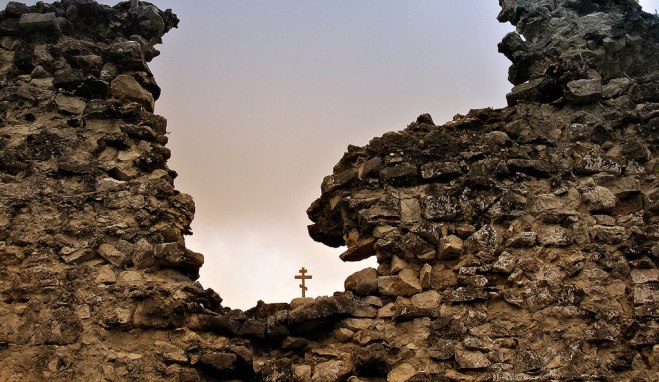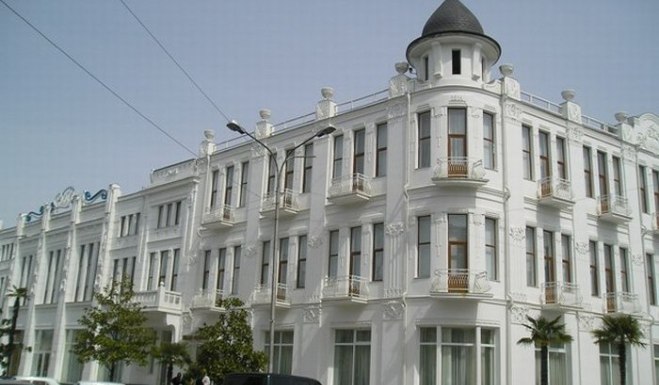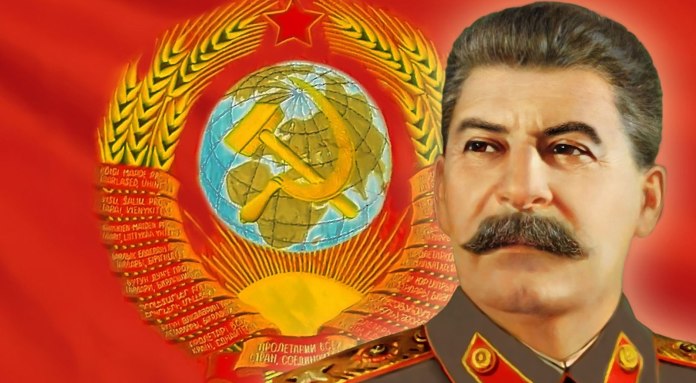History of Christianity in Abkhazia (Documentary Film)

History of Christianity in Abkhazia is the story of Christian monuments and churches, cathedrals and monasteries, as well as hagiography, which left a mark in Abkhazia.
Length - 26 min.

History of Christianity in Abkhazia is the story of Christian monuments and churches, cathedrals and monasteries, as well as hagiography, which left a mark in Abkhazia.
Length - 26 min.

The National Interest
I slept badly in the Hotel Ritsa in Abkhazia. I had an unsettling dream in which I walked through an old house with an elderly Stalin, muttering malevolently to himself. In the morning, wondering who had disturbed my sleep, I had a long list of suspects from the other world.
Read more …The Ghosts of Abkhazia, by Thomas de Waal
openDemocracy
Thomas de Waal is a Senior Associate for the Caucasus at the Carnegie Endowment for International Peace in Washington.
The Caucasus is often depicted as a region of peoples locked in enduring and invariant nationalist enmity. The reality is more complex and therefore more hopeful, says Thomas de Waal.

Central Asian Survey
To cite this Article Clogg, Rachel (1995) 'Documents from the KGB archive in Sukhum. Abkhazia in the Stalin years', Central Asian Survey, 14: 1, 155 — 189
Read more …Documents from the KGB archive in Sukhum. Abkhazia in the Stalin years, by Rachel Clogg
Central Asian Survey
To cite this Article Hewitt, B. G. (1996) 'Appendix to documents from the KGB archive in Sukhum. Abkhazia in the Stalin years', Central Asian Survey, 15: 2, 259 — 297
Read more …Appendix to Documents from the KGB archive in Sukhum. Abkhazia in the Stalin years, Translation by...
CA&CC Press® AB / Central Asia & Central Caucasus Press
(ИЗ ИСТОРИИ ВОЗНИКНОВЕНИЯ КАВКАЗСКОЙ ДИАСПОРЫ (АБХАЗЫ И АДЫГИ))
Gudisa Vardania, the State University of Abkhazia, 2007
ABSTRACT
The author takes a look into the past in order to shed light on some of the still painful issues relating to the emergence of the Abkhaz-Adighe element of the Caucasian diaspora, the ups and downs of the Caucasian War Russia waged in the Caucasus for many years, the deportation of huge numbers of local people, and their arduous integration into Ottoman Turkey.
Read more …The Caucasian Diaspora - Abkhaz and Adighes: Episodes from the past, by Gudisa Vardania